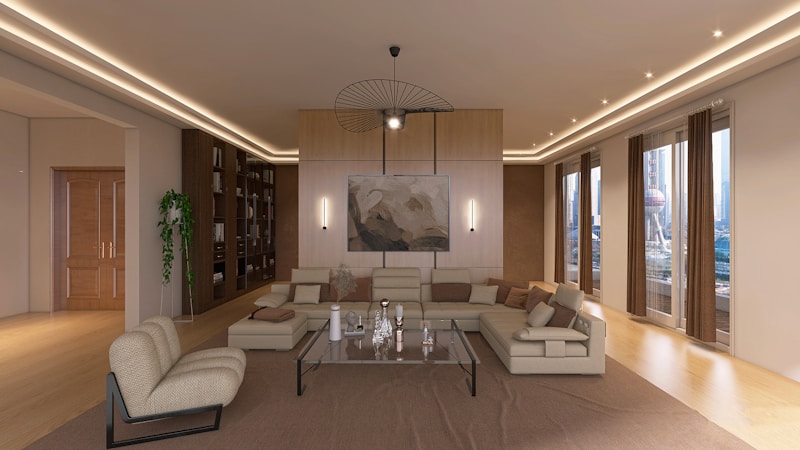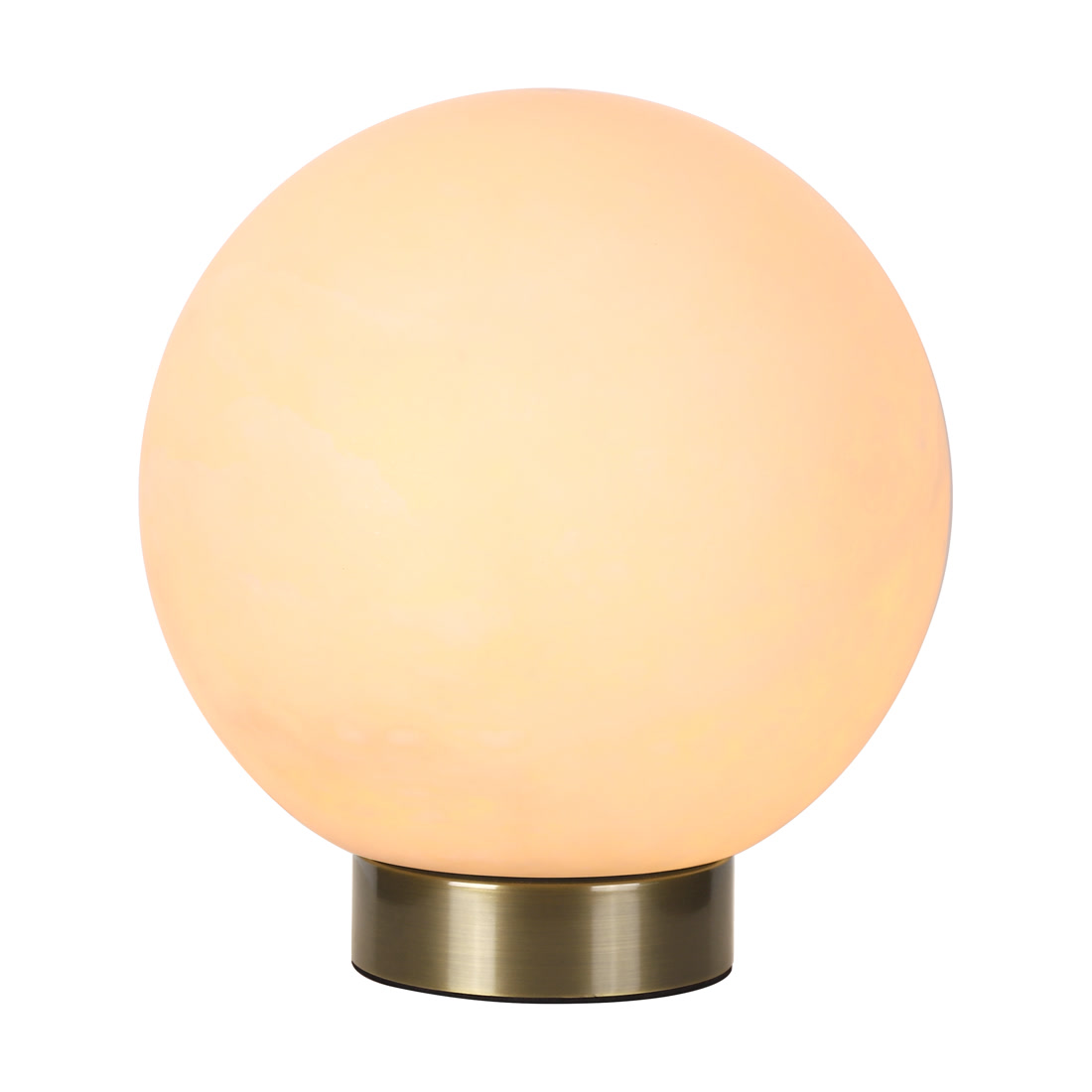Ultimate Guide to Layered Lighting Strategies for Homes: Elevate Your Space
Ultimate Guide to Layered Lighting Strategies for Homes: Elevate Your Space
When it comes to interior design, lighting plays a crucial role in creating ambiance and functionality within a space. Layered lighting strategies for homes can enhance the aesthetic appeal of any room while providing the necessary illumination for different activities. In this comprehensive guide, we will explore the various elements of layered lighting and how you can implement these strategies effectively in your home.
Understanding Layered Lighting
Layered lighting is a concept that involves the use of different types of lighting fixtures to create a balanced and versatile lighting scheme. This approach typically combines three main types of lighting:
- Ambient Lighting: This is the primary source of light in a room, providing uniform illumination. It sets the mood and serves as a foundation for other types of lighting.
- Task Lighting: Designed to illuminate specific areas for activities, such as reading or cooking, task lighting is more focused and direct.
- Accent Lighting: Used to highlight particular features in a room—like artwork or architectural details—accent lighting adds drama and interest.
The Benefits of Layered Lighting
Employing layered lighting strategies in your home comes with numerous advantages:
- Enhanced Versatility: With multiple lighting sources, you can adjust the atmosphere and functionality of each space depending on your needs and preferences.
- Improved Aesthetics: Layered lighting allows you to create a visually appealing environment, making your home feel more inviting and stylish.
- Energy Efficiency: By using various sources of light at different times, you can reduce energy consumption while maximizing brightness where necessary.
How to Create a Layered Lighting Plan
Creating an effective layered lighting plan involves considering the layout and function of each room. Here are some key steps:
- Evaluate the Space: Assess the size and purpose of the room. Consider natural light sources and how they affect visibility throughout the day.
- Select Lighting Fixtures: Choose ambient, task, and accent lighting fixtures that complement your décor. Consider energy-efficient options such as LED bulbs.
- Plan the Layout: Position ambient lighting to evenly illuminate the space. Place task lighting where specific activities occur, and use accent lighting to draw attention to focal points.
| Type of Lighting | Purpose | Examples |
| Ambient Lighting | General illumination for the room | Ceiling fixtures, chandeliers |
| Task Lighting | Focused light for specific tasks | desk lamps, under-cabinet lights |
| Accent Lighting | Highlighting features or decor | Wall sconces, track lights |
Layered Lighting in Different Rooms
Implementing layered lighting strategies can vary by room based on the intended use and ambiance. Here’s how to approach it in specific areas:
Living Room
Your living room is a central gathering place that should feel inviting and cozy. Start with a ceiling fixture or chandelier for ambient lighting. Use Table lamps or Floor lamps for task lighting, perfect for reading or relaxing. Incorporate accent lighting with wall sconces to highlight artwork or architectural features.

Kitchen
In the kitchen, effective layered lighting is essential for both safety and functionality. Start with an overhead fixture for ambient lighting. Add under-cabinet task lighting to illuminate work surfaces, making food preparation safer and easier. Use pendant lights over breakfast nooks to create a warm and inviting feel.
Bedroom
A good night's sleep starts with proper lighting in the bedroom. Use soft, diffused ambient light from ceiling fixtures. Task lighting, such as bedside lamps, can provide focused illumination for reading before bed. Consider accent lighting with dimmable fixtures to create a relaxing environment.
Bathroom
In the bathroom, layered lighting should focus on functionality and mood. Bright ambient lighting is crucial for tasks like grooming. Task lighting around Mirrors can help eliminate shadows. Accent lighting can be used to create a spa-like atmosphere with wall-mounted sconces or LED strip lighting.
Considerations for Outdoor Layered Lighting
Layered lighting isn't limited to indoor spaces. Outdoor areas benefit greatly from thoughtful lighting strategies. Use ambient lighting to illuminate pathways, task lighting for outdoor cooking areas, and accent lighting to highlight landscaping or architectural features.
Choosing the Right Lighting Control
A key component of successful layered lighting is the ability to control the various sources of light. Consider the following options:
- Dimmer Switches: These allow you to adjust brightness levels for any lighting type, helping set the right mood.
- Smart Lighting Systems: With smart technology, you can control lights via smartphone or voice-activated commands, offering convenience and customization.
Common Mistakes to Avoid
Even with a solid plan, it's easy to make mistakes when implementing layered lighting. Here are some common pitfalls:
- Neglecting Natural Light: Always account for how natural light affects your space and how additional lighting can complement it.
- Overlighting or Underlighting: Ensure that the lighting is balanced to avoid creating harsh shadows or areas that feel dim and uninviting.
- Ignoring Style Consistency: Make sure that your lighting fixtures align with your overall décor style for a cohesive look.
Conclusion: Mastering Layered Lighting for Your Home
Layered lighting strategies for homes not only enhance the functionality of a space but also infuse it with personality and charm. By understanding the different types of lighting and creating a well-thought-out plan, you can transform any room into a beautiful, inviting environment. Remember to consider the specific needs of each space and to avoid common lighting mistakes to achieve the best results. With careful planning and execution, your home can shine bright with the perfect layered lighting.
In conclusion, embrace the art of layered lighting, and consider reaching out to a lighting designer if needed. Pay attention to the balance and integration of different light sources to create spaces that are as functional as they are aesthetically pleasing.
